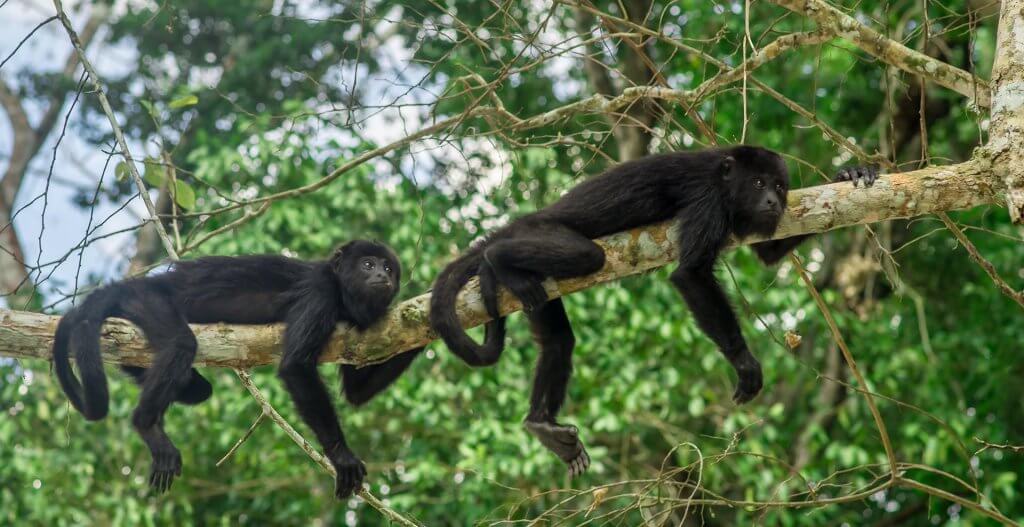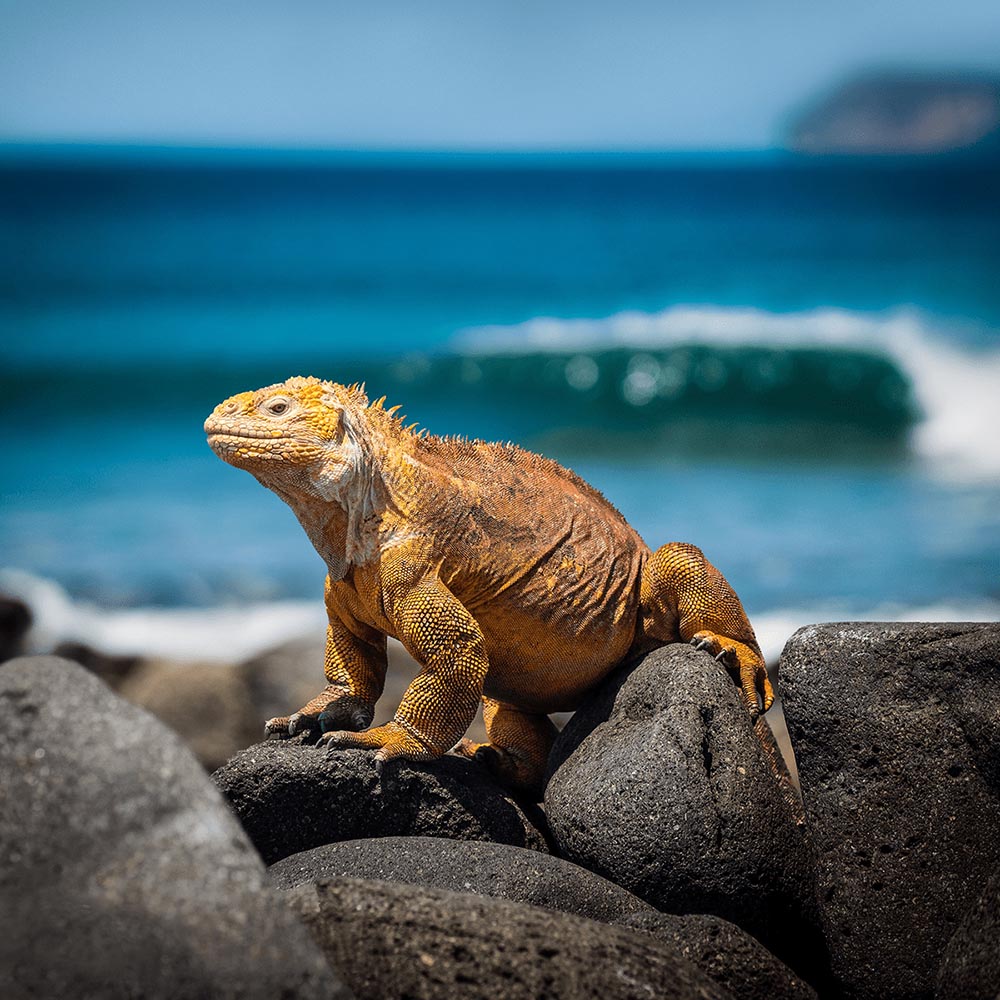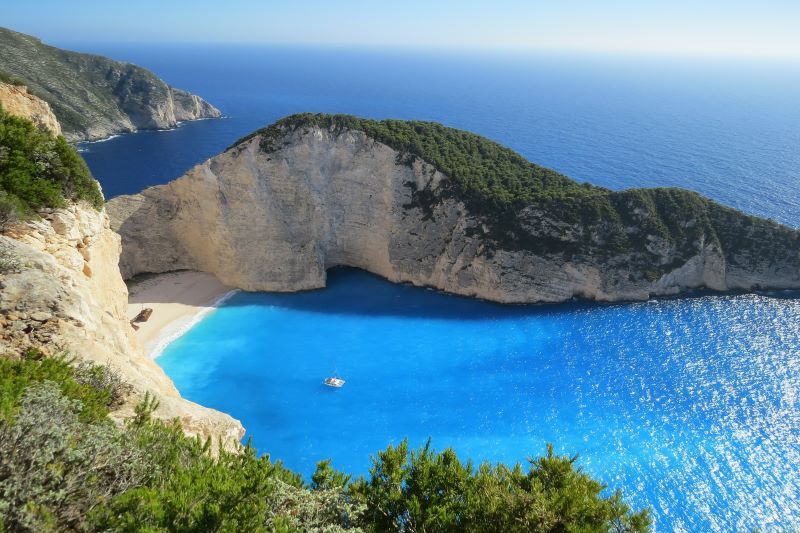The Ultimate Guide To Wildlife In Costa Rica’s Osa Peninsula
The varied wildlife in the Osa Peninsula makes the region one of the most biodiverse regions in the world. From spotting elusive wild cats in the dry season to witnessing migrating humpback whales during the rainy season, there are plenty of unique animals to encounter throughout the year.
There are a variety of factors that influence the animal species you’ll be able to observe in the Osa Peninsula throughout the year, including migratory patterns, breeding seasons, and weather conditions. To ensure you can see the animals that interest you the most during your luxury tour in Costa Rica, we have created a seasonal guide to wildlife in the Osa Peninsula.
Osa Peninsula Wildlife In Rainy Season
Rainy season – also commonly known as “green season”– runs from May through November along the Pacific Coast of Costa Rica. This time period is a time of transformation and abundant life as the rainforest thrives under daily showers which result in an emerald paradise teeming with Costa Rica’s most remarkable wildlife.
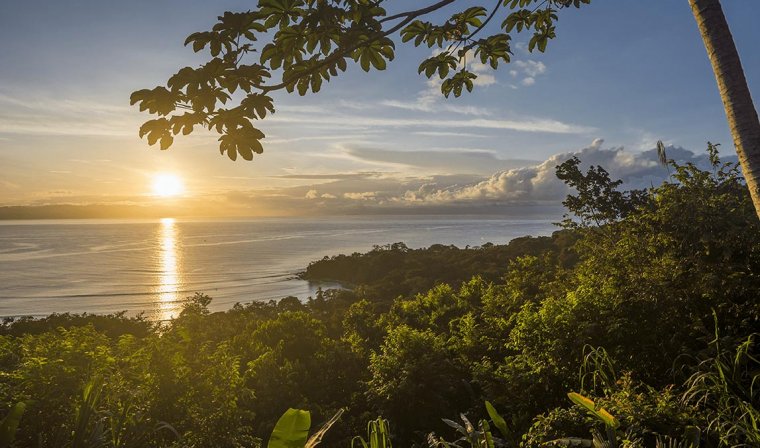
What’s The Weather Like In Rainy Season?
During the rainy season, the Osa Peninsula experiences frequent showers, with an average of 20 inches of rain per month. Temperatures during this season typically reach the high 80s, creating a warm and humid climate that supports a thriving ecosystem.
The lush environment attracts a variety of species that are drawn by the plentiful food sources and moderate, moist conditions. The increased rain produces numerous temporary pools and streams which form vital habitats for amphibians. These bodies of water also support the growth of dense vegetation which provides shelter and food for numerous animals.
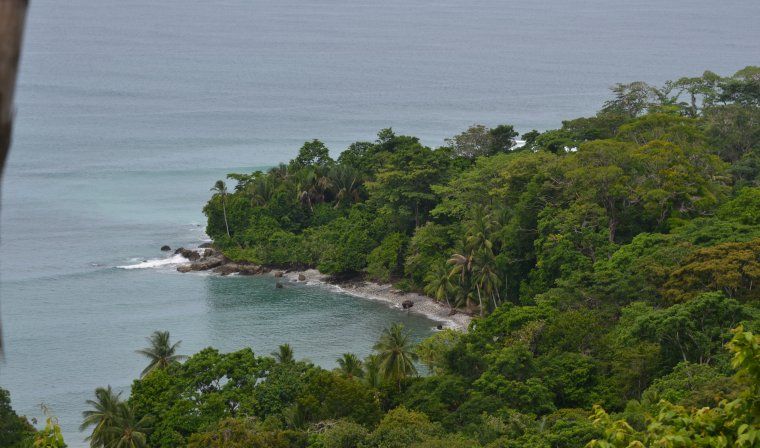
While the rainy season isn’t considered the best time to visit Costa Rica as the wet conditions cause muddy trails and there’s typically less chance of bright days, it does bring with it an abundance of wildlife. Plus, there will be fewer crowds so your wildlife spotting experiences will often be enjoyed in private…
Terrestrial Treasures
Between May and November, you should keep an eye out for the fascinating three-toed sloth. These fascinating, slow-moving mammals can often be seen hanging from the dense canopy, leisurely feasting on the abundant leaves and flowers. The best month to spot them is July.
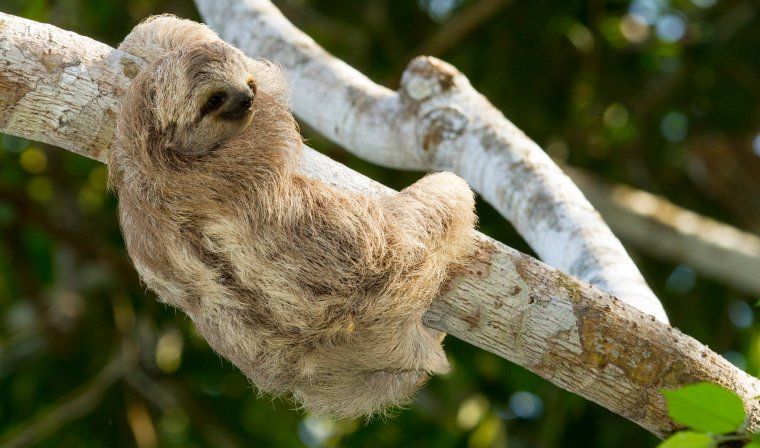
The Osa Peninsula is also home to several varieties of frogs, including the iconic red-eyed tree frogs and the seemingly translucent glass frogs. While frogs aren’t typically considered terrestrial, the high humidity and increased amount of water create perfect conditions for frog breeding and you’ll often see more of them out in the open.
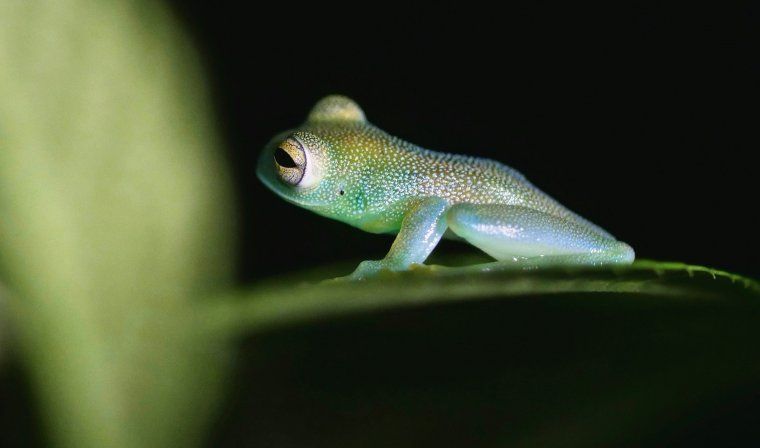
The best chance you have of seeing these well-hidden creatures is during the night, particularly in August and September. Embark on an evening hike through the jungle with an expert guide and keep your eyes peeled for up to 22 different frog species!
Marine Marvels
If you’re particularly interested in marine animals, visiting the coast of the Osa Peninsula during this time might be perfect for you.
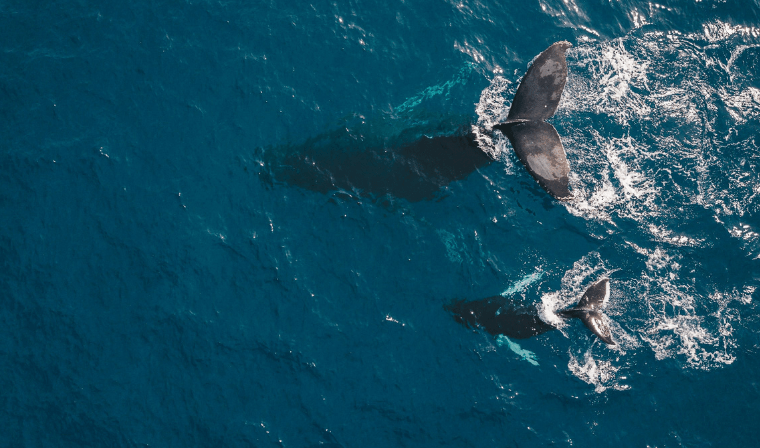
One of the most spectacular sights is the arrival of southern humpback whales in the waters of Golfo Dulce. These majestic creatures begin their calving season in July, and you’ll have the chance to witness mother whales and their calves navigate the warm coastal waters.
DOWNLOAD OUR COSTA RICA JOURNEY PDF
Another marine highlight of the rainy season is the nesting of sea turtles. From March to November, several species of turtles, including olive ridley, green, hawksbill, and leatherback, come ashore to lay their eggs.
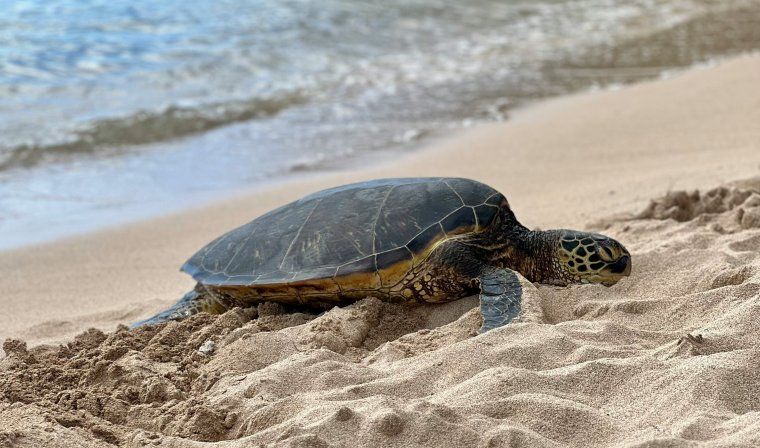
This phenomenon, known as “arribada”, often occurs during the full moon. If you’re lucky enough to catch sight of this massive migration, you’ll see hundreds or thousands of turtles arriving on the beaches to nest.
The peak months for this impressive migration are September and October as you will see sea turtles nesting as well as hatching. Then, and can even watch the tiny hatchlings make their perilous journey to the sea.
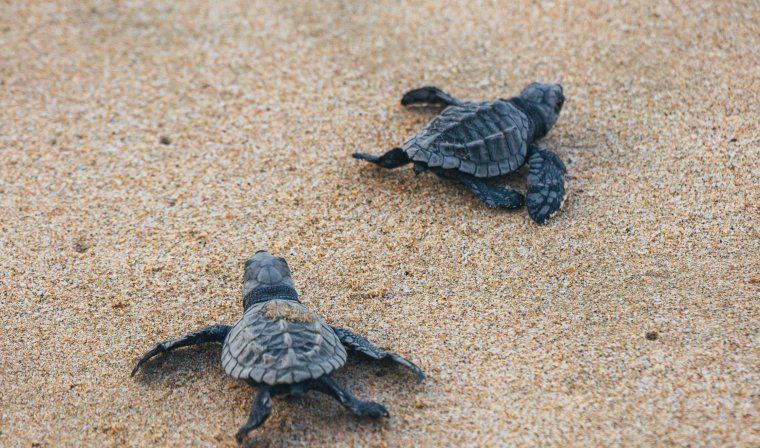
Aerial Wonders
Costa Rica is a birdwatcher’s paradise, even during the rainy season. The rainy weather encourages flowers and fruits to grow in abundance, which attracts birds big and small.
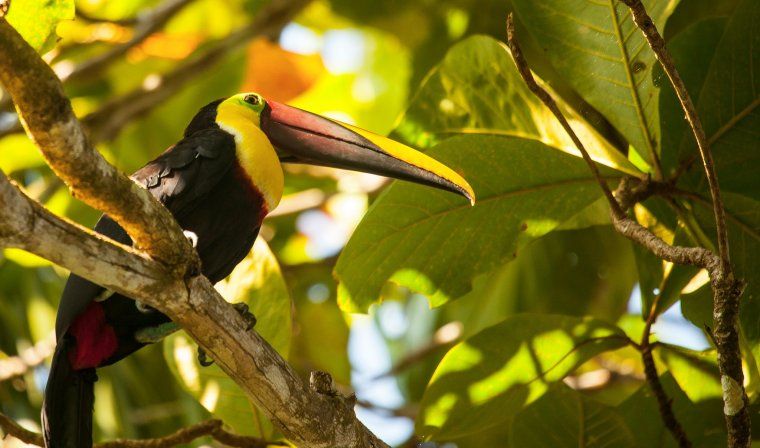
Two of the more frequent birds to the Osa Peninsula during this time are the black mandibled toucan and the fiery-billed aracari. September is a particularly excellent month to observe these birds as they forage for fruit in the forest canopy.
As well as toucans, the region is also host to a wide variety of other bird species, including parrots, hawks, and hummingbirds. Embark on private birdwatching tours for a glimpse into the region’s rich avian diversity.
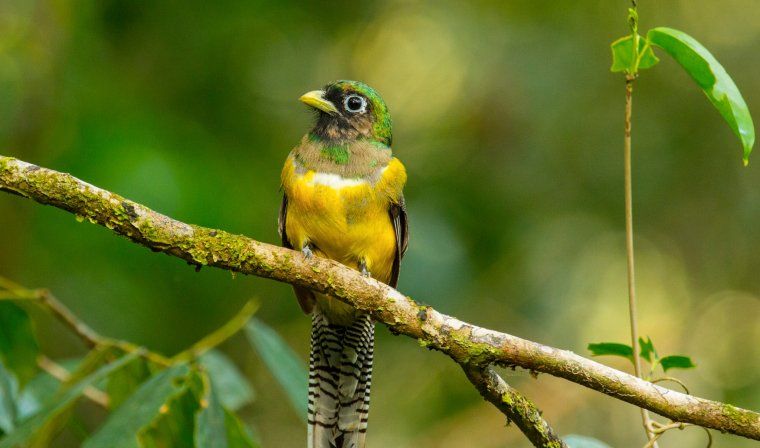
Osa Peninsula Wildlife In Dry Season
During Costa Rica’s dry season, from December through April, you’ll enjoy a different but equally enchanting experience with wildlife in the Osa Peninsula. The Osa Peninsula is actually a fantastic spring break destination for wildlife enthusiasts.
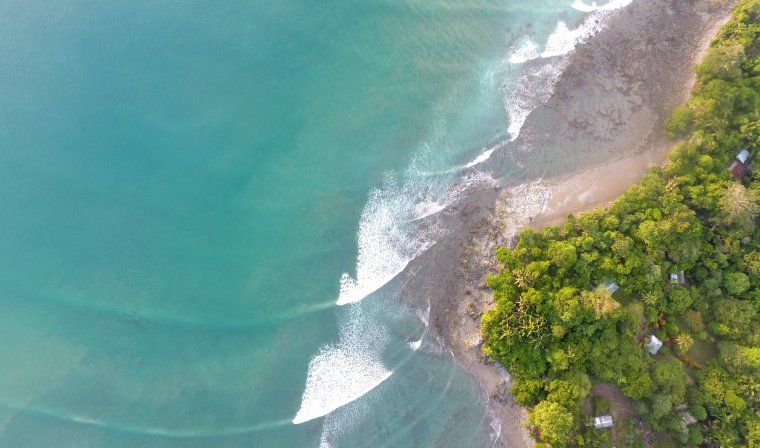
With minimal rain and plenty of sun, the forest landscape transforms and wildlife emerges in search of food and water.
What’s The Weather Like In Dry Season?
Costa Rica’s dry season is characterized by long, pleasant days with plenty of sunshine and minimal rainfall. Temperatures peak during these months, often reaching between 86°F and 92°F.

Reduced rainfall means fewer insects and more preferable conditions for outdoor activities like hiking, climbing, and horseback riding. This is a wonderful time of year to visit the Osa Peninsula if you’re seeking an itinerary packed with wildlife observations and rainforest adventures.
DOWNLOAD OUR COSTA RICA JOURNEY PDF
Terrestrial Treasures
The dry season provides an excellent opportunity to observe the Osa Peninsula’s diverse primate population. Squirrel, spider, and howler monkeys become easier to spot as they venture out of the high-reaching rainforest in search of water. While these monkeys are visible year-round, they are especially active in the early mornings and late evenings of March.
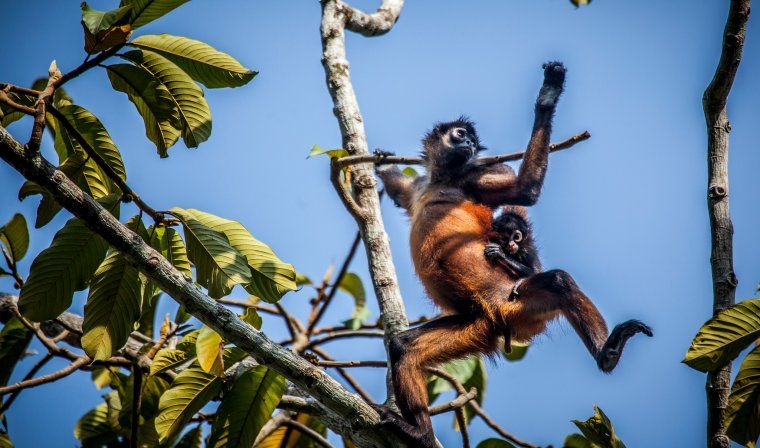
During the dry season, the chances of encountering wild cats such as pumas, ocelots, and jaguars increase. As the vegetation thins, these elusive predators have fewer places to hide, making it easier to spot them.
Marine Marvels
January is an excellent month for marine life enthusiasts to visit the Osa Peninsula. During this time, spinner dolphins and a variety of other unique marine creatures are frequently spotted off the coast of the Osa Peninsula. While sightings of whale sharks are possible, they are more likely between December and April.
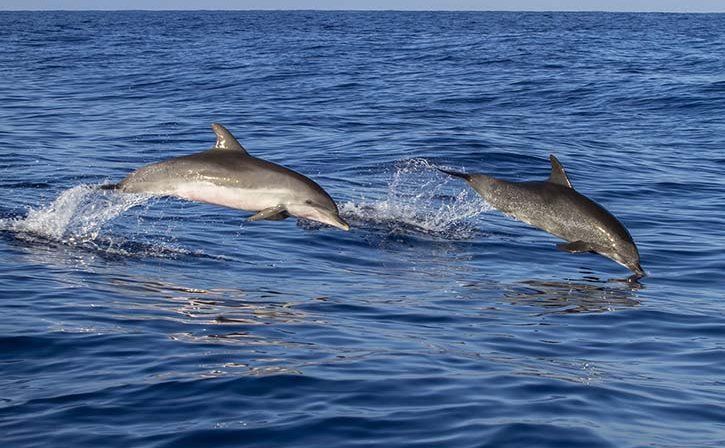
During this period, Northern humpback whales migrate through Golfo Dulce in the dry season, with January marking the middle of their calving season. This is an ideal time to witness whale families interacting, offering a unique opportunity to see mothers and calves together.
Manta rays also migrate along Costa Rica’s Pacific shores. Following warm waters and plentiful food sources, these graceful creatures can be seen in large numbers, and there are opportunities to snorkel or dive alongside them.
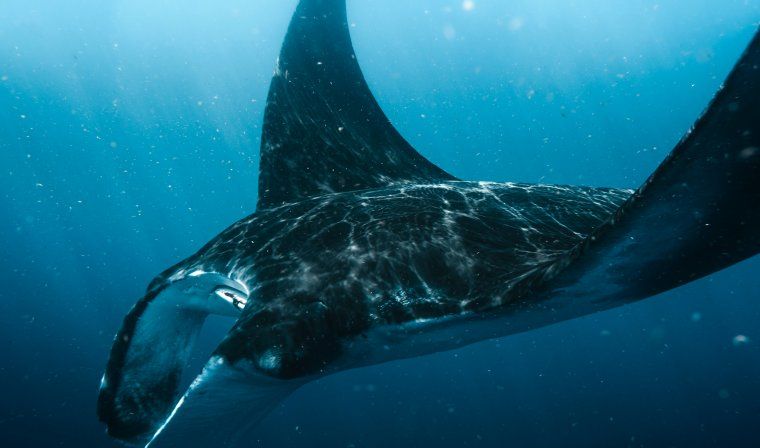
The calm seas and clear waters of the dry season, free from the disturbances of storms, create perfect conditions for underwater exploration. This is an ideal time for private snorkeling and diving expeditions, offering an immersive experience with Costa Rica’s rich marine wildlife.
DOWNLOAD OUR COSTA RICA JOURNEY PDF
Aerial Wonders
February is a remarkable month for wildlife encounters in Costa Rica. It’s prime time to witness the migration of monarch butterflies, with the species making their way north in droves. While here, you might spot individual butterflies fluttering among flowers or see hundreds gathered together in trees during their rest.
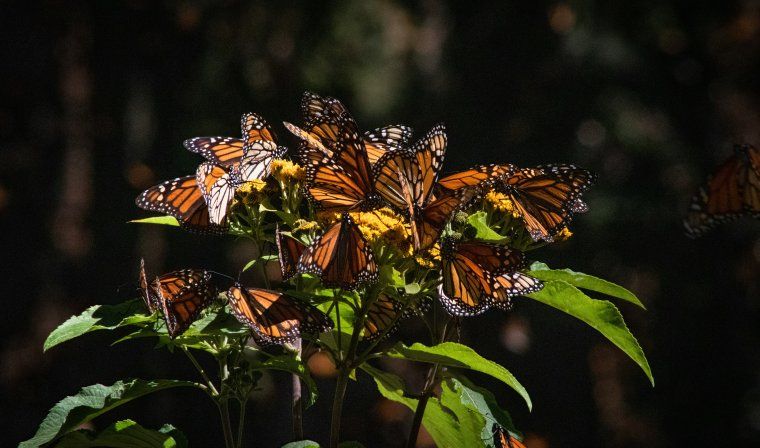
February is also a rewarding time of year to visit the Osa Peninsula for birding enthusiasts as it coincides with the North American bird migration. Additionally, the region’s forests and wetlands are buzzing with local species engaging in nesting and mating activities.
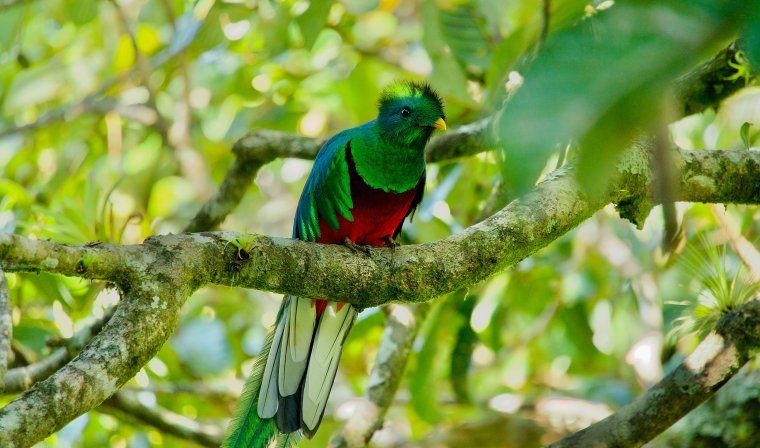
One particular avian highlight is the quetzal, a bird renowned for its vibrant colors and long tail feathers. The quetzal is a sacred and highly elusive bird, but you might just sneak a peek in March during their breeding season.
How To See The Best Wildlife In The Osa Peninsula
There is plentiful wildlife to be enjoyed year-round in the Osa Peninsula. However, if you wish to embark on a tour that immerses you in local wildlife encounters while you also get to enjoy pleasant weather conditions and other outdoor adventures, we recommend visiting from November through April.
For more information on bespoke luxury tours to the Osa Peninsula, contact one of our travel experts today.
